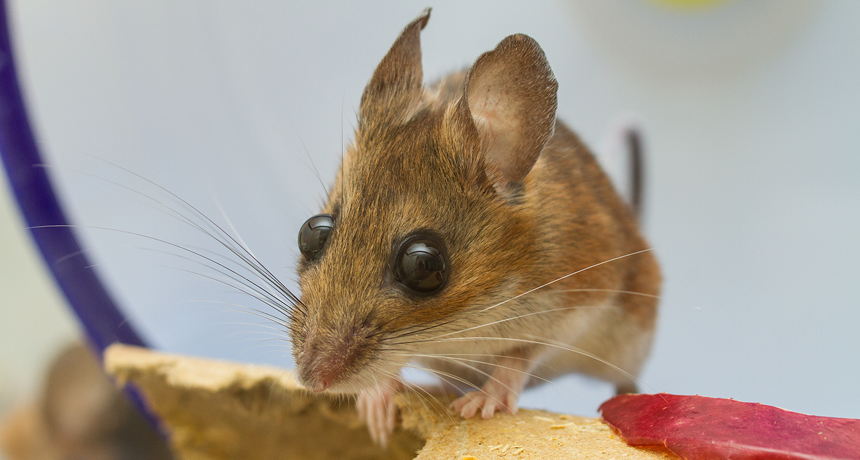Questions for ‘Cities drive animals and plants to evolve’

Certain white-footed mice have picked up gene changes that leave them adapted to harsh conditions in the New York City parks they call home.
Wikimedia Commons (CC BY-SA-3.0)
To accompany feature “Cities drive animals and plants to evolve”
SCIENCE
Before Reading:
1. What is evolution?
2. What kinds of struggles might plants and animals that live in cities experience that their country cousins would not?
During Reading:
1. What are four examples of cases in which scientists have seen the genes of organisms changing in response to the stresses of city living?
2. Describe the basic concept of evolution and how it helps species survive and thrive.
3. Does Isaac Wirgin think urban evolution is a good thing or a bad thing? Why?
4. What is the genetic variant that tomcod fish in PCB-polluted segments of the Hudson River have evolved?
5. What evidence have scientists found that pollution resistance has taken a toll on Atlantic killifish?
6. How has the plant Crepis sancta evolved to survive and thrive in an urban setting?
7. What does the term genetic diversity mean?
8. What is an ornithologist?
9. What type of adaptation have cliff swallows made in certain environments in Nebraska? How has this change apparently allowed these birds to largely avoid becoming roadkill?
10. What two protective genetic variants have white-footed mice in New York City evolved?
After Reading:
1. In the town or city where you live, what kinds of adaptations do you think plants or animals might have evolved that would make it more likely for their species to survive and reproduce? Give two examples.
2. According to the story, some birds living under highway overpasses have evolved a wing adaptation that lets them more easily dodge traffic. Can you think of any disadvantages that such a genetic variant might create?
MATH
1. The story says that from 1947 to 1976, two plants released nearly 600,000 kilograms (about 1.3 million pounds) of PCBs into the Hudson River. If the same amount was released every day, what amount of PCBs was spewed, on average, every day over that period? (Assume that the releases started on Jan. 1, 1947 and were ongoing through Dec. 31, 1976.) Show your work.
2. The story says that a century ago, 2 in every 10 people lived in cities. Today the number is 5 in every 10. Find the number of people that live in your city (or the closest major city to you). If the same trend held for your town (and it may not, owing to its age), how many people would have been living there a century ago? Show your work.